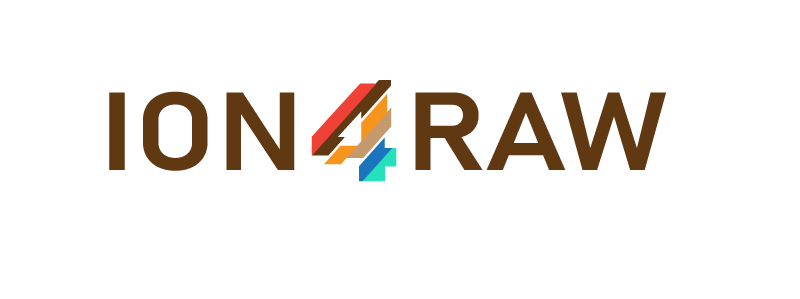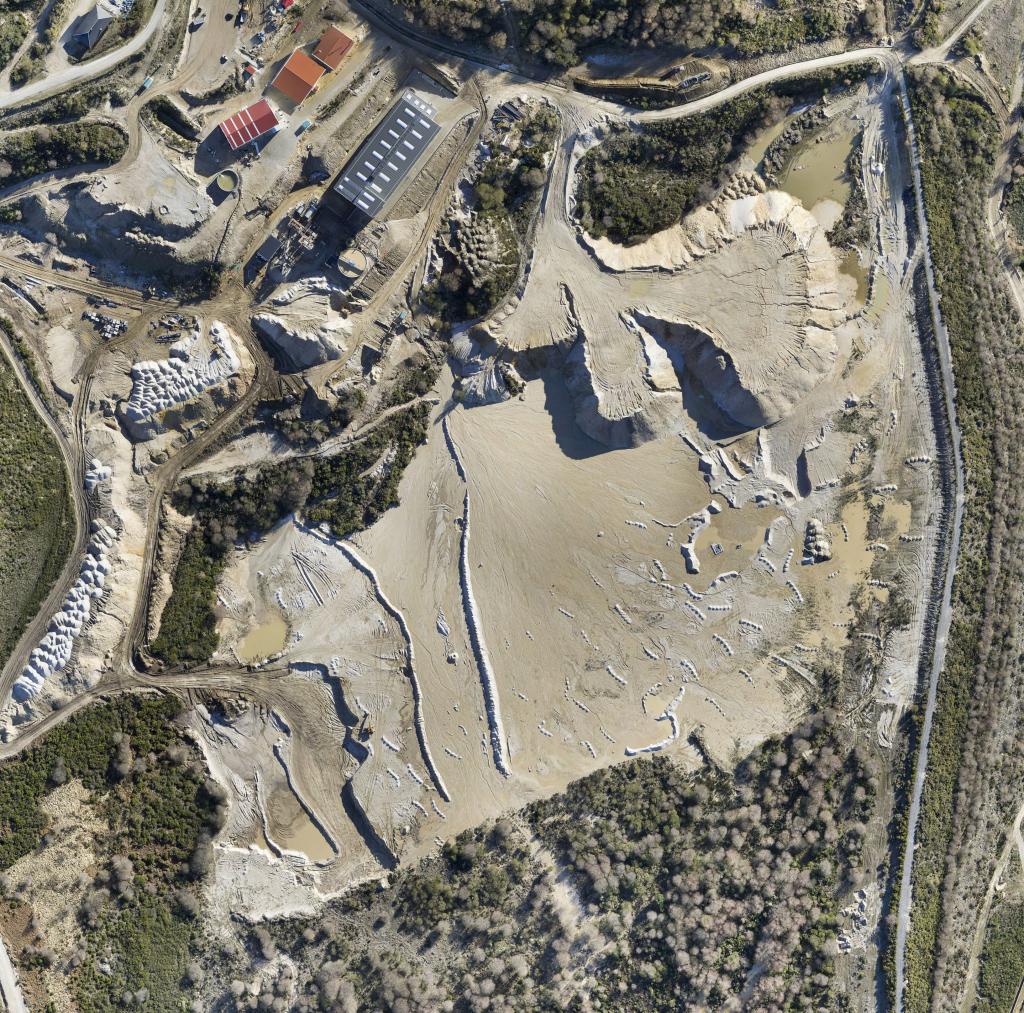There’s untapped potential to extract strategic raw materials from mining waste and landfills in Europe, according to a new report from the JRC.
To enhance the development of these practices, the report presents information on the policy context, and the latest knowledge and technologies in use – identifying good practices and challenges to be overcome.
As well as being essential to industry, raw materials permeate our daily lives and livelihoods – from the dozens of metals, minerals and compounds inside the latest smartphone to the rare earth elements used in electric vehicles, medical devices, solar panels and aerospace technologies.
However, many raw materials are characterised by high risks of supply disruption from the countries that the EU relies on for imports, and they are classed as “critical”.
These include for example cobalt, niobium, rare earths, tantalum and vanadium.
In response to this, several European countries are starting (or restarting) mining operations to supply these raw materials themselves, and many of them can be found in the waste produced from mining activities, as well as from landfills across the EU.
Extracting these materials from these waste streams has the potential to enhance the sustainability of mining activities in the EU, as well as contributing to a more circular economy.
It can also create jobs and stimulate economic growth, as well as incentivising technological innovation and reducing the dependency on imports from other regions of the world.
Good for the environment, good for society
Beyond the obvious sustainability benefits of extracting valuable materials from waste, the report found that extracting (critical) raw materials can also help to restore the environment and free up land space in abandoned mining areas.
There’s also the potential for real benefits to local communities.
One example is the Penouta mine, located near a small rural village in Spain.
Once a prominent tin mine, operations ceased in 1985 and the area was left abandoned.
A new project has been set up to recover significant amounts of raw materials from the old mine – such as tantalum, a rare metal that is used in the production of laboratory equipment.
This is having a positive impact on the economy and environment of the region:
- The project is generating direct and indirect employment in a rural area, after decades of economic decline and depopulation. Currently, more than 70 direct jobs have been created, 80% of which are filled by local residents;
- It is expected that the Penouta mine project will improve the training of workers in the area;
- The project aims to reduce the environmental impact of the mine, and project leaders hope to reach a degree of quality that allows the area to be designated as a Natura 2000 protected space. The mine is adjacent to a protected natural area called Red Natura 2000 “Peña Trevinca”.
The state of play in Europe
The JRC report shows that the recovery of raw materials from waste is not yet a common practice in the EU, and is not always economically viable.
Data, information and consolidated knowledge on these secondary materials as well as a harmonised legislative framework within the EU appear to be crucial for the large-scale deployment of recovery practices.
There are however some notable examples which not only demonstrate the potential but also the availability of technologies and the existence of a highly innovative sector.
Important contributions to the knowledge base are the CHROMIC project (involving industrial partners to improve technologies and increase the energy, material, and cost efficiency of the overall recovery process to extract important metals used in manufacturing and hi-tech appliances) and efforts for systematic field sampling and data collection campaigns – the SMART GROUND project, which has developed a set of advanced tools to improve data and information on secondary raw materials in waste deposits in the EU.
This includes the development of data collection plans for waste deposits and an online database platform.
Mining and industrial waste – more promising than landfills
Recovery of critical and other raw materials from extractive and industrial waste is more advanced – and a more promising area to develop – than recovery from landfills.
In the report authors were able to collect and analyse several case studies and experiences related to recovery of critical and other raw materials from extractive and industrial waste – but this was more difficult for landfill.
In fact they did not find any definitive, full-scale examples of successful landfill raw material extraction activities (although there are pilot projects and efforts to improve the knowledge in this area).
Technology is more advanced for extractive and industrial waste, there are more resources available for these activities and the materials present in the waste are more homogeneous, and better known.
Another limitation is the likelihood of finding significant quantities of critical and other raw materials in old landfills.
Many currently critical raw materials only found their way into widely-used products a few years ago, so they could not have reached their end-of-life before the 1990s.
Background
The JRC works closely with several other departments of the Commission to provide scientific support to European raw materials policies.
The focus is on facilitating industrial growth, trade, security of supply, and sustainability.
It is a priority for the EU to secure reliable and unhindered access to raw materials.
That’s why the Raw Materials Initiative focuses on reducing dependency on imports and maintaining a secure, sustainable supply of raw materials.
The Raw Materials Initiative sets out a strategy based on three pillars:
- Fair and sustainable supply of raw materials from global markets;
- Sustainable supply of raw materials within the EU;
- Resource efficiency and supply of “secondary raw materials” through recycling.


